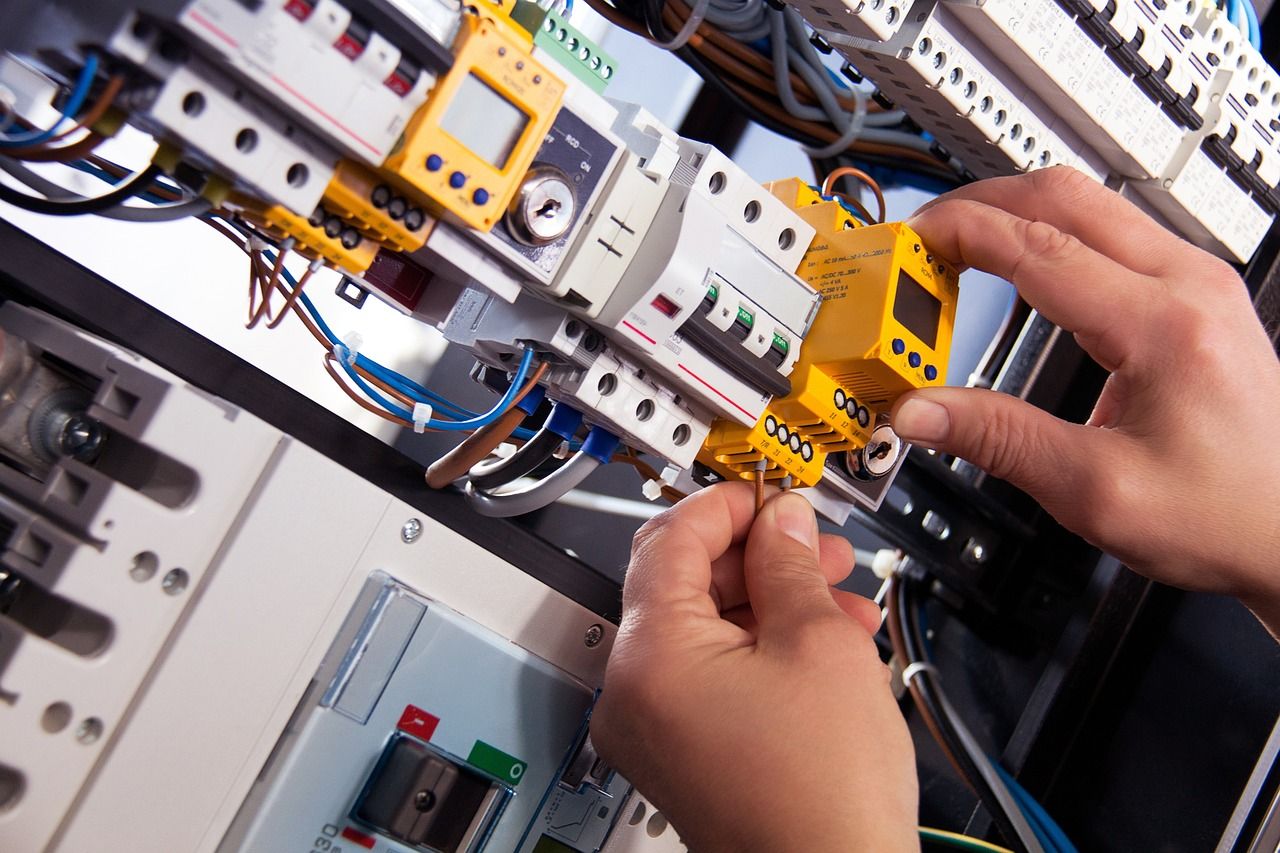The performance and reliability of electrical systems are more critical than ever. Power conditioning plays a vital role in ensuring that electronic devices operate efficiently and without interruption. By managing and improving the quality of incoming power, power conditioning helps to protect sensitive equipment from voltage fluctuations, surges, and other electrical disturbances.
This not only leads to enhanced system performance but also extends the lifespan of the equipment, reducing maintenance costs and downtime. This document explores the fundamental concepts of power conditioning and its significant impacts on electrical system performance.
Understanding Power Conditioning
Power conditioning involves the process of optimizing the quality of power delivered to electronic systems. It functions by filtering out electrical noise, regulating voltage levels, and protecting against power surges and spikes. These fundamental tasks help to ensure that electronic devices receive a steady and consistent power supply, which is crucial for their performance and longevity. Without effective power conditioning, electronic devices are susceptible to a variety of issues, including overheating, malfunctioning, and in some cases, complete failure.
By stabilizing the power supply, power conditioning mitigates these risks and maintains the efficiency of electrical systems. As businesses and homes become increasingly reliant on electronic devices, the importance of robust power conditioning cannot be overstated. To quote the people from Acumentrics, guard against fluctuations that can damage sensitive equipment. Power conditioners deliver continuous, steady voltage during dips, fluctuations, and power disruptions. These devices also help to regulate voltage levels, ensuring that electronic systems receive the correct amount of power they need to operate optimally.
Types of Power Conditioning Equipment
There are several types of power conditioning equipment available on the market, each designed to address specific power quality issues. Uninterruptible Power Supplies (UPS) are one common example, designed to provide temporary power during outages and regulate voltage. Voltage regulators and surge protectors are also critical, offering protection against voltage variations and transient spikes, respectively.
Power line conditioners and harmonic filters are additional tools used to maintain power quality. Power line conditioners primarily focus on filtering out electrical noise and stabilizing voltage, while harmonic filters are employed to mitigate distortions and harmonics caused by non-linear loads. Selecting the right type of power conditioning equipment depends on the unique requirements of the electrical system and the specific power quality issues faced.
Benefits of Power Conditioning
Enhancing the performance and reliability of electrical systems through power conditioning offers numerous benefits. One of the most significant advantages is the improved lifespan of electronic devices. By delivering clean, stable power, power conditioning reduces wear and tear on sensitive components, leading to fewer breakdowns and lower maintenance costs.
Additionally, power conditioning can help in minimizing energy consumption and operational costs. Efficient power delivery ensures that devices operate at optimal performance levels, contributing to energy savings. Moreover, the prevention of power-related issues can reduce downtime, thereby boosting productivity and ensuring that critical operations continue without interruption.
Implementing Power Conditioning Solutions
Implementing power conditioning solutions involves several steps, starting with a thorough assessment of the existing electrical system. This assessment helps to identify areas where power quality issues are prevalent and determine the most appropriate power conditioning equipment. Once the equipment is selected, proper installation and regular maintenance are crucial to ensure successful operation.
Proper training of personnel responsible for maintaining the power conditioning equipment is also necessary. They need to understand the equipment's functionality, potential issues, and preventive maintenance procedures. Regular monitoring and periodic testing can help in detecting potential problems early, ensuring that the power conditioning solutions continue to perform effectively.
Future Trends in Power Conditioning
As technology advances, the field of power conditioning is also evolving. One of the emerging trends is the integration of smart technologies and IoT (Internet of Things) into power conditioning equipment. These advancements allow for real-time monitoring and automated adjustments, enhancing the precision and effectiveness of power conditioning solutions.
The growing emphasis on renewable energy sources presents new challenges and opportunities for power conditioning. Renewable energy systems, such as solar and wind, can introduce variability in power quality. Innovative power conditioning solutions are being developed to address these challenges, ensuring stable and efficient power delivery even with renewable energy integration. The future of power conditioning promises continued advancements in reliability, efficiency, and adaptability.

The significance of maintaining high-quality power for electrical systems cannot be understated. Power conditioning stands as a cornerstone in safeguarding and optimizing the performance of electronic devices across both residential and commercial settings. By regulating voltage, filtering noise, and protecting against power surges, effective power conditioning solutions not only enhance the reliability and efficiency of electrical systems but also extend the lifespan of sensitive equipment, thereby reducing maintenance costs and operational interruptions. As technological advancements and renewable energy integration continue to evolve, so too will the landscape of power conditioning, ensuring robust and adaptable power quality solutions for the future.